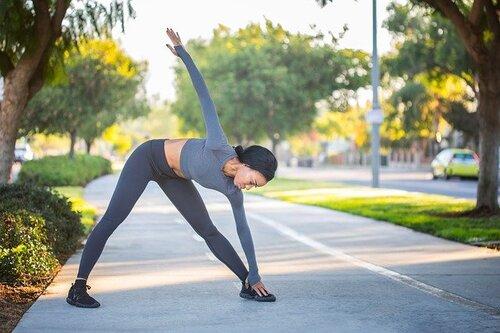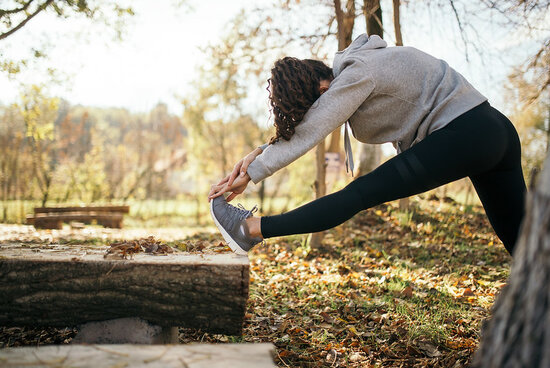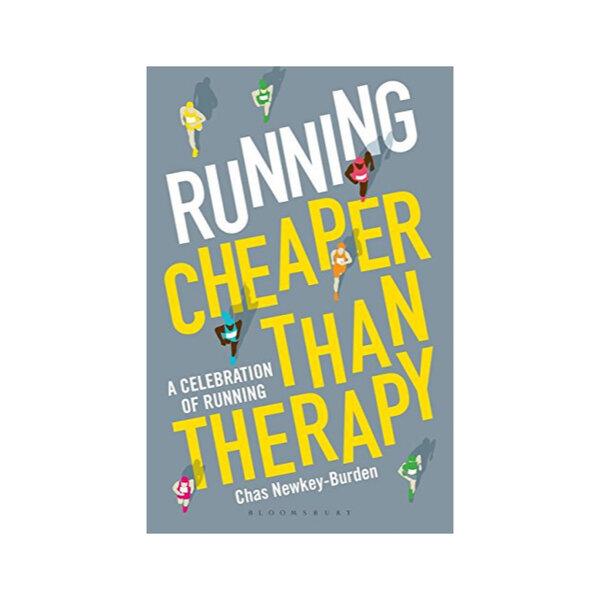
(Note: Some of the links in this post are affiliate links, and we will be compensated when you make a purchase by clicking through our links at no additional cost to you.)
Introduction:
In the world of running, stretching has long been considered a crucial practice for injury prevention and improved performance. However, recent research has shed new light on the topic, challenging some of our assumptions. In this blog post, we will delve into the science behind stretching and its impact on runners, separating fact from fiction.
Acute vs. Chronic Stretching: Understanding the Different Types of Stretching
When it comes to stretching, researchers categorize it into two distinct types: acute and chronic stretching. Acute stretching refers to stretching performed immediately before or after other exercises, such as warming up or cooling down. On the other hand, chronic stretching is independent of other exercises and involves following a regular, structured program solely focused on increasing flexibility.
More importantly, if you want to develop better flexibility or range of motion over time, the research indicates that chronic stretching is key. It should be an integral part of your exercise regimen, extending beyond just your warm-up routine.
The Truth About Flexibility for Runners: Does Being Flexible Improve Running Performance?
Contrary to popular belief, research suggests that flexibility does not necessarily translate to better running performance. In fact, a study conducted on recreational runners found that those with lower flexibility actually demonstrated more efficient running. The stability around joints created by stiffness enables runners to maintain smoother and more controlled movements. This challenges the notion that flexibility automatically leads to better running form and highlights the importance of stability, strength, and control in optimizing running technique.

Image credit: Nenad Stojkovic (https://www.flickr.com/photos/nenadstojkovic/50570028893)
Stretching and Injury Prevention: Separating Fact from Fiction
Another commonly held belief is that stretching helps prevent injuries. However, scientific studies have not found strong evidence to support this claim. For instance, a 10-week study on the impact of stretching on injury prevalence among runners showed no significant effects. While the research may not prove that stretching prevent injuries, many runners report that stretching can provide relief from pain and discomfort. Therefore, incorporating regular stretching, alongside stability and strength training, may still be beneficial based on individual preferences.
>>> Read more: Looking for an Injury Prevention For Runners program to help you stay healthy and injury free? Click here.
Timing Matters: When to Stretch and Optimal Moments for Stretching
If you decide to include stretching in your routine, it’s crucial to time it correctly. Avoid static stretches immediately before running, as it may negatively impact performance. Instead, consider stretching after an intense workout, such as a long run, or on rest days.
Stretching Tips and Tricks For Runners: To Make the Most of Your Stretching Routine, Keep These Handy Tips In Mind
Here are a few essential stretching exercises that every runner should incorporate into their routine:
- Dynamic Stretches: Warm up your muscles with exercises like leg swings, walking lunges, and high knees. Get those limbs moving, and your body will thank you!
- Static Stretches: After your run, it’s time to cool down and show your muscles some love. Perform static stretches, such as calf stretches, hamstring stretches, and quadriceps stretches, holding each position for 20-30 seconds.
- Breathe deeply and relax into each stretch, avoiding sudden movements or bouncing.
- Stretch both sides of your body equally to maintain balance and symmetry.
- Don’t push yourself too hard. Stretch to a comfortable point and avoid any pain.
- Stay consistent! Incorporate stretching into your regular running routine for optimal results.
Enter Yoga:
Yoga is not just about bending and twisting; it’s a holistic practice that combines stretching, strength-building, and mindful breathing. Every runner should Consider dedicating a few days each week to yoga sessions specifically designed for runners. Many yoga studios and online platforms offer classes tailored to enhance flexibility, strength, and balance for runners. Here’s how yoga can benefit runners:
- Full-Body Stretching: Yoga poses (asanas) target various muscle groups, providing a comprehensive full-body stretch. From downward dog to pigeon pose, these movements engage your hamstrings, hips, calves, and more, offering a deep release and increased flexibility.
- Core Strength and Stability: A strong core is essential for maintaining proper running form and balance. Yoga poses like plank, boat pose, and side plank help strengthen your abdominal muscles, back, and glutes, resulting in improved stability and reduced risk of injury.
Wrapping Up
Contrary to popular belief, stretching alone may not be as crucial for runners as once thought. While acute stretching may not provide significant benefits, chronic stretching can improve flexibility over time. Flexibility itself does not guarantee better running performance; instead, stability and control are the key factors. Stretching has not been proven to prevent injuries conclusively, but it may offer relief from discomfort and pain for some runners. It’s important to emphasize that while research hasn’t shown stretching to be particularly useful for runners, it consistently supports the effectiveness of strength and stability training. Therefore, combining stretching with strength exercises can yield better results.
Remember to listen to your body, prioritize stability, and find the balance that works best for you as a runner. Happy running!






